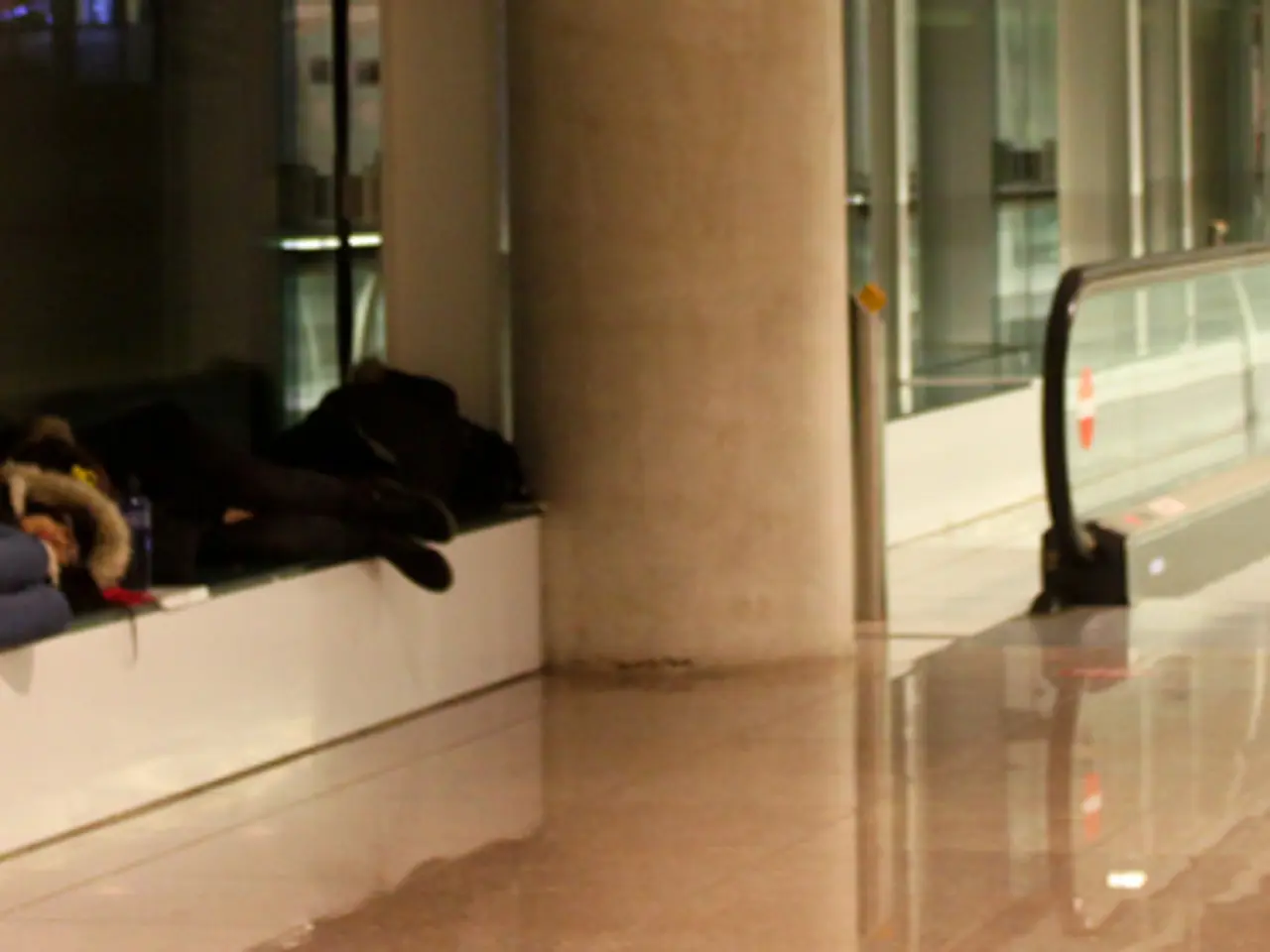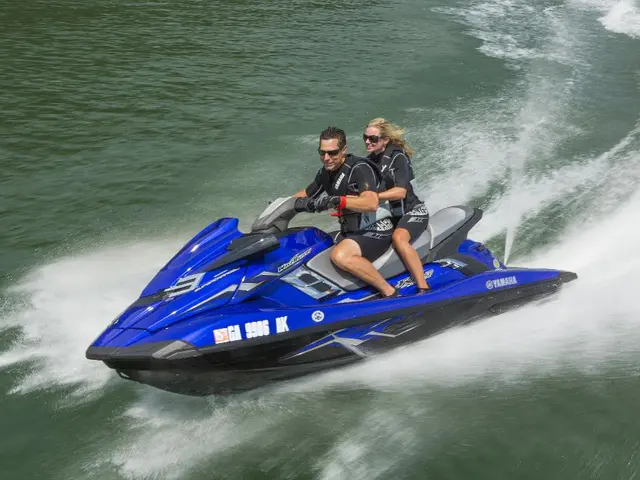Occasionally, choice between Passenger Boarding Bridge and Boarding Stairs for aircraft embarkation and disembarkation
In the bustling world of air travel, passengers often find themselves boarding their flights via two different methods: passenger boarding bridges, also known as jet bridges, and boarding stairs. The choice between these two options is influenced by a variety of factors, including airport infrastructure, aircraft design, airline strategy, and practical logistics at the time of boarding.
Larger airports, equipped with modern terminals, typically have jet bridges installed at gates, facilitating direct boarding from the terminal. This is a significant advantage, especially in adverse weather conditions, as passengers are shielded from the elements. On the other hand, smaller airports or remote stands without jet bridges require passengers to use mobile boarding stairs to walk across the tarmac to the aircraft.
The type of aircraft also plays a crucial role. Certain aircraft, especially smaller regional or older models, may not be compatible with standard jet bridges or might have integrated airstairs for self-boarding/deplaning. Widebody aircraft almost always use jet bridges due to their size and passenger volume.
Operational efficiency and flexibility are other key considerations. Using boarding stairs can allow for flexible aircraft parking positions on the tarmac when gates with jet bridges are unavailable or during peak times. This can be particularly beneficial for airlines seeking quicker turnaround at airports lacking enough bridges.
Cost and airport layout are also significant factors. Jet bridges require significant investment and maintenance, so some airports or low-cost carriers opt to use stairs to reduce costs where possible. Additionally, remote stands used during congestion increase reliance on stairs.
Accessibility and passenger experience are paramount concerns as well. Jet bridges offer a sheltered, accessible boarding experience, beneficial for passengers with disabilities or special needs. Stairs may pose challenges unless portable lifts or ramps are provided.
At some airports, the decision to use passenger boarding bridges is a rule, with passengers reaching the plane by walking in the safe area on the apron or by taking an apron shuttle bus from the terminal to the door of the plane. In other airports, the terminal layout may reserve passenger boarding bridges for Schengen member country airlines, causing non-EU airlines to use stairs.
In high-traffic time zones, challenges in managing passenger boarding can lead to the use of stairs instead of bridges. Delays in managing apron traffic can have the same effect. Momentary planning errors, common in such zones, can also cause passengers to board/disembark via stairs instead of bridges.
Some airlines, such as Ryanair, have cost-saving measures in place, preferring to unload and load their passengers using the aircraft's own ladder instead of passenger bridges or staircase services.
In summary, the choice between boarding bridges and stairs is dictated by airport infrastructure, aircraft design, airline strategy, and practical logistics at the time of boarding. Whether you're stepping onto a boarding bridge or a set of stairs, rest assured that the decision is made with your comfort and safety in mind.
[1] Airport Facilities and Gate Setup [2] Aircraft Type and Door Configuration [3] Operational Efficiency and Flexibility [4] Cost and Airport Layout [5] Accessibility and Passenger Experience [6] Some small airports may not have a passenger boarding bridge system connected to the terminal building. [7] Passenger boarding bridges are commonly used in large airports due to their operational efficiency and convenience for passengers. [8] Passengers can get on the plane with the mobile stairs that approach the plane or by the stairs that are attached at the door of the plane at small airports without a passenger boarding bridge system. [9] Schengen/non-Schengen Distinction: Passenger boarding bridges may be reserved for Schengen member country airlines, causing non-EU airlines to use stairs. [10] The reasons for the different situations encountered at such airports include airport layout, aircraft type, and operational efficiency. [11] At certain large airports, passengers must board by passenger bridge as a rule. [12] Passengers at such airports may reach the plane by walking in the safe area on the apron or by taking an apron shuttle bus from the terminal to the door of the plane. [13] Domestic/International Line Mismatch: When the next flight is of a different type (domestic after international, for example), the plane parked at an international terminal bridge cannot be boarded by passengers via bridges, and stairs are used instead. [14] Apron Traffic Delays: Delays in managing apron traffic can lead to passengers boarding/disembarking via stairs instead of bridges. [15] Planning Errors: Momentary planning errors, common in high-traffic zones, can cause passengers to board/disembark via stairs instead of bridges. [16] Intense Flight Traffic Challenges: High-traffic time zones can present challenges in managing passenger boarding, leading to the use of stairs instead of bridges. [17] Ryanair's Cost-Saving Strategy: Ryanair prefers to unload and load its passengers using the aircraft's own ladder instead of passenger bridges or staircase services, reducing operational costs.
- In large airports with modern terminals, passenger boarding bridges, or jet bridges, are commonly used due to their operational efficiency and convenience for passengers.
- At small airports without a passenger boarding bridge system, passengers can board the plane using mobile stairs that approach the plane, or by stairs that are attached at the door of the plane.
- Some airports or low-cost carriers opt to use boarding stairs instead of installing passenger boarding bridges to reduce costs, as jet bridges require significant investment and maintenance.




